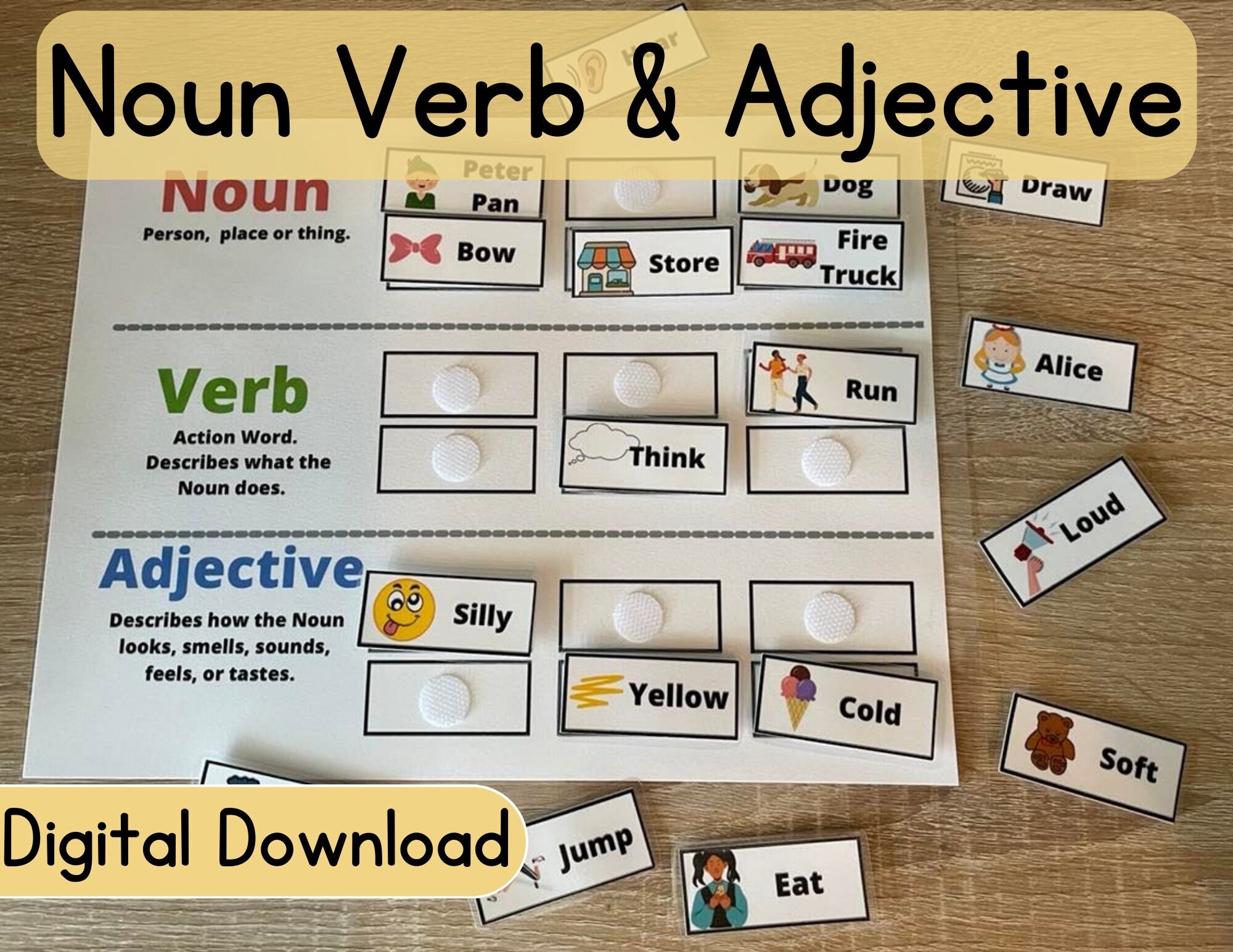Adjective verb noun is a common combination in the English language that helps to describe and define various objects, actions, or ideas. By using adjectives to modify verbs and nouns, we can provide more detail and specificity in our communication.
When we use an adjective to modify a verb or a noun, we add depth and color to our language. This can help to create a more vivid picture in the minds of our readers or listeners, making our writing or speech more engaging and impactful.
Beautifully Painted House
One example of adjective verb noun is “beautifully painted house.” In this phrase, the adjective “beautifully” modifies the verb “painted,” which in turn modifies the noun “house.” By using this combination, we can convey the image of a house that has been carefully and skillfully painted, adding value and charm to the overall description.
Another common example of adjective verb noun is “deliciously cooked meal.” Here, the adjective “deliciously” enhances the verb “cooked,” which describes the action taken on the noun “meal.” This combination evokes the sensory experience of enjoying a well-prepared and flavorful dish, making it more appealing and enticing.
Using adjective verb noun can also help to create more precise and specific descriptions. For instance, instead of saying “fast car,” we can say “speedily driven car” to emphasize the action taken on the noun. This provides a clearer image of how the car is being used, adding layers of meaning to the description.
In conclusion, adjective verb noun is a powerful linguistic tool that allows us to enrich our communication by adding depth, color, and specificity to our language. By using adjectives to modify verbs and nouns, we can create more engaging and vivid descriptions that resonate with our audience. So next time you’re writing or speaking, consider incorporating this combination to elevate your language and make your message more impactful.
